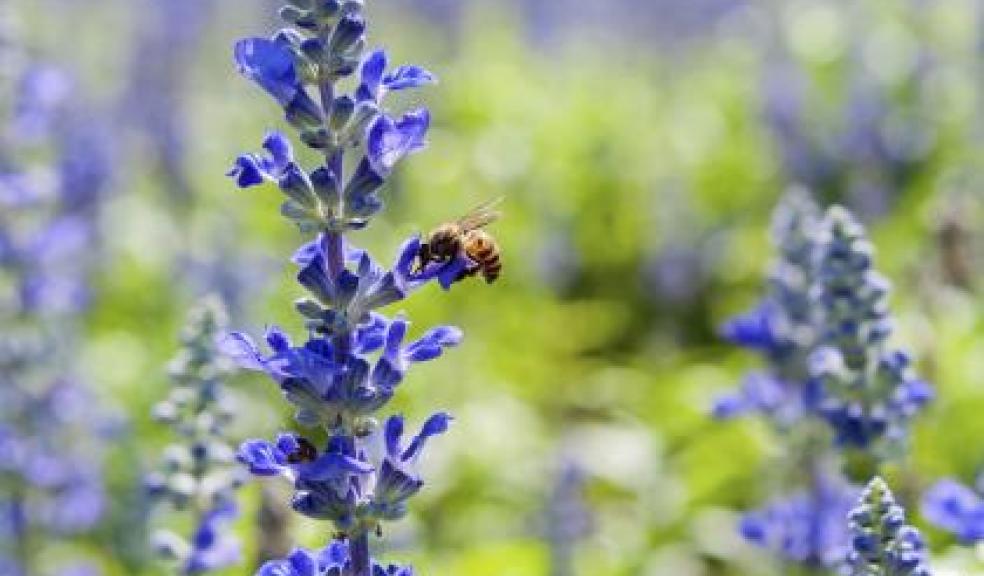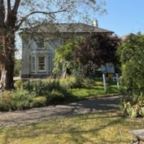
'Right sort of weather' helps honey harvest
BBKA’s annual Honey Survey results reveal that honey bees overcame summer starvation threats to provide 26lbs of honey per hive
The East remains England’s most productive region with beekeepers citing the ‘right sort of weather’
The results of the British Beekeepers Association’s annual Honey Survey, released on 28 October, reveal that the average colony of bees in England produced 26lbs (11.8 kilos) of honey this year - an increase of 5lbs (2.7 kilos) per hive over last year’s crop.
Despite a dismal start, a quarter (25 per cent) of beekeepers reported ‘the right weather’ as having the biggest potential effect on honey quantity in this year’s crop, compared to just nine per cent who thought weather conditions had been favourable in 2015.
Tim Lovett, Director of Public Affairs at BBKA commented: “An unusually cold and windy spring prompted the National Bee Unit to issue a bee starvation warning to beekeepers urging them to feed their colonies. The situation was then compounded by the late flowering of many summer plants. A better summer followed by a long, warm autumn, however, gave the bees a chance to build up their strength and their honey supplies and we’re delighted to see the season end with a much improved honey yield.”
Weather conditions and other factors which influence the honey crop, such as the supply of forage and the impact of invader species including the varroa mite, vary enormously across the country. The East has again had the best honey crop of any region in England with an average of 31lbs of honey per hive, which the majority of beekeepers attributing this to both good weather and an abundant variety of forage. The lowest yield was in North West with just 19.9lbs (9 kilos) and the South West average yield was 25.6 lbs.
“A varied diet is as important to the health of the honey bee as it is to humans,” explained Louise Jutsum, a beekeeper in the BBKA’s East ‘Adopt a Beehive’ region.
“While an abundance of yellow fields in flower with oil seed rape for example is good to a point; if that was only food for bees it would be akin to humans eating nothing but egg yolks all the time. So a rich variety of bee friendly flowers in our gardens and native hedgerows remain vital food sources for honey bees.
“Planting the right flowers and shrubs, leaving ivy to grow wild, or helping raise funds to assist good beekeeping practice by supporting the ‘Adopt a Beehive’ scheme, are all good ways to help the honey bee.”
One of the projects the BBKA’s Adopt a Beehive scheme has helped fund is an exploration of how to create ‘pollen patties’ as a food supplement for honey bees. A nutritionally balanced diet is vital for honey bees to thrive. Anyone interested to help honey bees by supporting the ‘Adopt a Beehive’ scheme should visit adoptabeehive.co.uk











